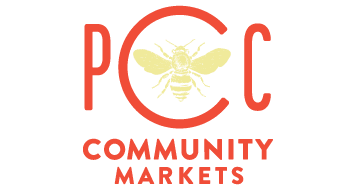A milestone year for Washington Farmland Trust
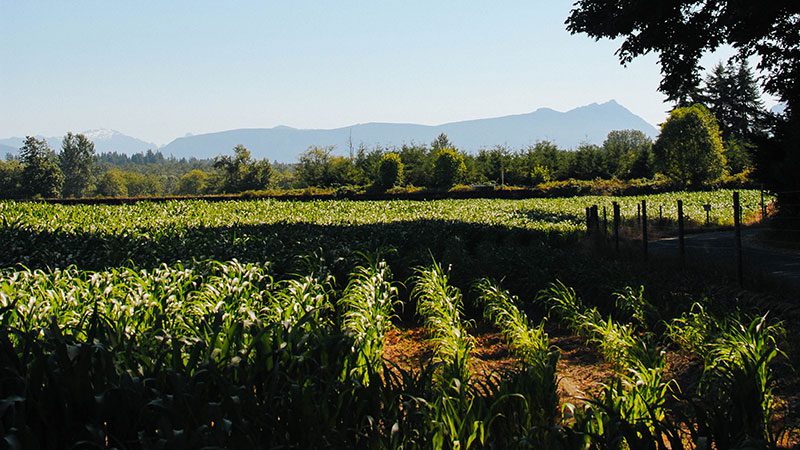
Photos courtesy and copyright of Washington Farmland Trust
Without the Washington Farmland Trust, our landscape would look desolately different. We’d see more sprawling developments and pavement, fewer abundant harvests — and fewer farmers. Originally established by PCC as the PCC Farmland Fund, the trust is now an independent nonprofit with its own staff and board. It’s preserved fertile land for everything from pumpkins and corn growing in Snohomish to dairy cows grazing in Elma to organic wheat harvests near Walla Walla, as well as other endeavors that help keep farming feasible in Washington state. As the trust marks 25 years since saving its first farm, navigating challenges from changing weather patterns to a “profoundly” saddening lease termination, executive director Melissa Campbell talked with Sound Consumer about its history and milestone year. A condensed, edited version of the conversation follows:
Q: What are the trust’s main programs, and have they changed over time?
A: When we started 25 years ago, the intent was to be a land-based organization, to buy land and lease it back to farmers — or purchase conservation easements — to ensure that land was permanently protected and would remain in agriculture forever. That continues to be the mainstay of our work. Over the years, we’ve also grown our programs. We’ve developed a land access program that we call Farm to Farmer, to support a new generation of farmers that have emerged over the past 20 years, intentionally connecting people who have land with people who need land.
We also have a stewardship program. We partner with the farmers on Land Trust land to ensure the practices they’re using are going to be good for natural resources. We monitor those properties every year. We talk with the landowner, we walk the property, we ensure the terms of the easement are upheld. We also offer a program called “Advancing Farm Sustainability.” It’s a microgrant program, the farmers we partner with can apply for up to $5,000 per year where we can help support sustainable, organic and regenerative practices that support soil health and water quality and quantity. We also have a community engagement program, engaging the communities we serve around the importance of land conservation, land access and land stewardship.
Q: You do a lot. Is there a way to measure the scope?
A: To date, we’ve protected 34 farms across Washington, which totals 3,747 acres. Of course, our stewardship program touches all of those acres as we support and monitor all of those properties and support those landowners and tenants with their farm practices. On Farm to Farmer, we’ve made 55 matches to date. We’re in communication and coordinating with over 200 current or aspiring farmers who are looking for land and resources, currently serving farmers in 24 counties.
Q: Has your work evolved over time?
A: It’s not farmland without a farmer, right? That part of the food system was really missing from our mission, which is what prompted us to launch Farm to Farmer. We have begun to ask ourselves “Who are we not serving?” and why that is, and we’ve learned a lot of things along the way.
Who we hadn’t been serving, up until the past few years, are groups of people who would like to farm together as farming collectives and cooperatives. That style of farming has been around for hundreds and hundreds of years, so it’s not a new approach, but it’s resurfacing as a strategy, both to create a sense of community for folks who want to be together and farm together, but also as a strategy in the face of increasing affordability issues in our state. We have some of the highest land costs in the nation. We’ve really wanted to make sure that our programs serve anyone who wants to be a farmer, and we are centering the needs of communities who have traditionally been left out of farming.
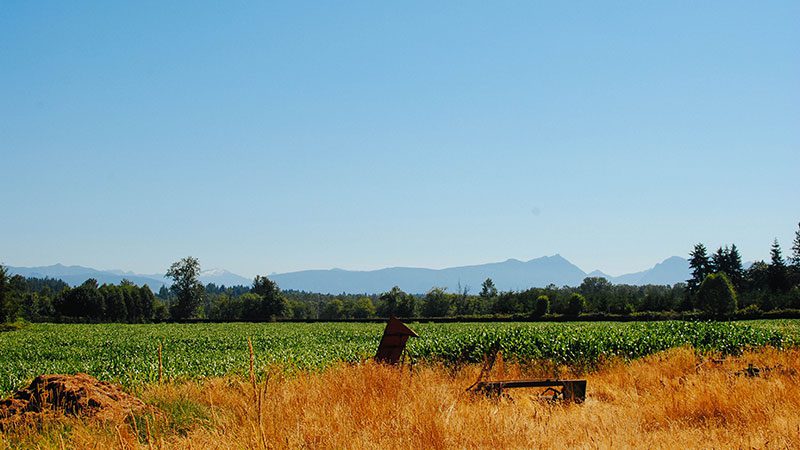
Q: Are there projects you’re especially proud of or that you think have especially defined your work?
A: I’ve been with the organization for over 16 years, so I have a lot of favorites, and they’re all so different. But one that really stands out to me is one that took eight years to complete full circle. Reiner Farm was 260 acres on the doorstep of the city of Monroe. There was a lot of community interest in protecting that land. We had a landowner who was willing to work with us and negotiate on our timeline, and the property had been identified by multiple conservation organizations (as under) threat of conversion out of farmland. It was like, “If this property goes than it creates vulnerability for the rest of the farmland in that valley.” With the support of our community, we created our first farmland impact investment. We borrowed money from 17 impact investors to actually acquire the property. The conversation to get to the point of purchasing was about a year and a half long; we fundraised over nine months and purchased the property in early 2018. Then we completed the full cycle of that project. The property had about two miles of habitat on it, and we knew that as a farmland organization, there are better stewards for that land. We worked with the Tulalip Tribes to carve off that habitat area, and we sold over 100 acres of habitat area to the Tribes in 2023. We leveraged funding from the state to place a conservation easement on the property. We sold a home site to the family who leases the property, and then ultimately, at the end of 2024, we sold the agricultural land to the tenant farm family. That sale enabled us to pay back the 17 investors who had lent us that money, coming full circle. The trust now just stewards and monitor the conservation easement and our investors have been paid back. That was an eight-year journey and lots of sleepless nights.
Q: And the flip side of the milestones and achievements, any huge challenges or drawbacks?
A: The evergreen challenge, and we’re not alone in this at all, is really the escalating land prices, which we have to compete in as a nonprofit, and the sheer economics of farming.
We’re the only organization that works across the state on farmland, and the constant drum beat of need is a challenge with only so many resources.
Q: Is it a challenge to address the very different landscapes and economies of different parts of the state?
A: Absolutely. When we were founded as an organization, we were fairly opportunistic. The phone would ring, or PCC would connect us to a producer, and we’d say, “We think we can help you. Let’s do this project.” After about the first 10 years, we found a need to be more strategic, and focused on certain geographic areas, recognizing our impact was much greater if we focused our efforts, versus having this blanket, more open call for our work. (The need) happened to be right here in Puget Sound, where our state was losing land the fastest. So Snohomish County and Pierce County became our early focus areas, and from there, our work has built on itself along the I-5 corridor. Today we have active projects along the Canadian border all the way down to the Oregon border, we have conservation projects in nearly every county along the I-5 corridor, and that also represents where we have our staff. We have people in those regions who can be responsive to those community needs. As we look further across the state, we also rely on partnership and collaboration. If there’s a land trust serving a certain geography that says, “Hey, we have this ranch, or we have this orchard, we have this farmland, this isn’t quite our skill set. Can you come help us?” that’s when we know we can provide a value add and be helpful.
Farm to Farmer looks a little bit different there, in part because it’s a newer program so we don’t have the depth of those relationships. We do have a staff person in Spokane who supports a lot of our relationship development in Eastern Washington, beginning to build towards more of that statewide presence for the Farm to Farmer program.
Q: What do you see ahead for the next 25 years?
A: As we navigate the uncertainty that we’re in right now, as we think about a changing climate and climate resilience, much of our work on land conservation will remain. We are a land trust at heart, we’re committed to land conservation: Helping new and beginning farmers find land, access resources, and build capacity across the state, and expanding our land conservation and stewardship programs.
Last year Farm to Farmer supported over 200 farmer clients in finding land, building capacity, and accessing resources, including six farmer clients who successfully signed leases or purchased properties. Our increased investment in farmer collectives through our Spokane-based Farm to Farmer Collectives Manager, supports 14 groups in different stages of formation and organizational development. More than 80% of the groups serve marginalized and BIPOC communities: African immigrants and refugees, Hmong farmers, farmers of color, and gender diverse communities. Taking another step toward ensuring accessible services, FTF has introduced phone interpretation services in more than 200 languages to better serve clients, including American Sign Language. This year the program will focus on building relationships in Spokane and Stevens counties to meet the growing demand for this work.
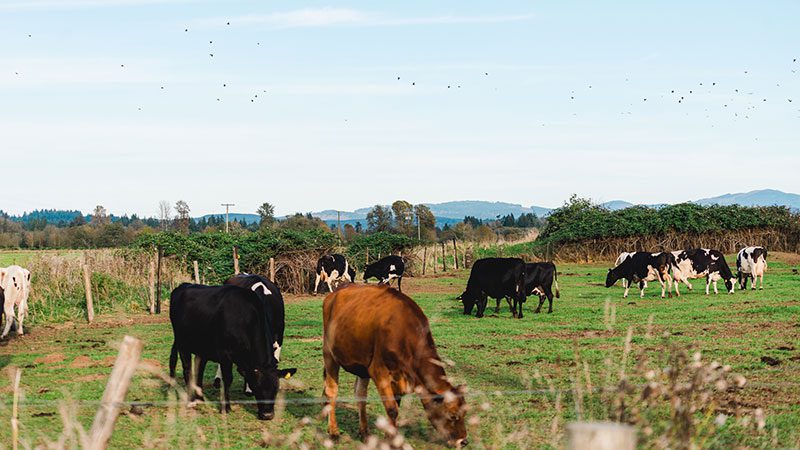
Q: How is climate change affecting you?
A: The way we experience it is mostly through the farmers that we serve and the land that we own. When there’s wildfire, it impacts harvesting rates and timelines, and, obviously, farm workers health. We’re seeing more flooding and… more intensity in those natural weather events. As a landowner, it creates some risk and uncertainty from a land management perspective, and for the farmers that we work with and support, it undermines their farm businesses and their farm viability and creates more uncertainty.
The bright spot is finding win-win strategies. For climate resilience, having land that can flood is part of a resilient strategy, where we can find land that we can protect for farmland, but (also) create some opportunity for habitat or flood storage. We’re trying to find those win-win-win properties in partnership with our tribal partners as well as our counties, so we can maximize the benefit of our land conservation efforts. We’re also looking at climate models and climate projections — where farmland is going to do well in the face of a changing climate, where we might start to see more saltwater intrusion, and where land might not be viable for agriculture into the future. We are thinking about and looking at various climate models with respect to where we make our conservation investments, and thinking about “If our easement is a permanent document, how do we build in flexibility so that if it’s not farmland, it can still function as protected open space?”
Q: What can PCC shoppers and members do to help?
A: There are very tangible things that I know PCC shoppers are excited about: continuing to shop at PCC, continuing to look for local producers when you’re in your local grocery store, shopping your farmers market, supporting organizations who support farmers — really, really appreciating what’s possible here in Washington, but also what’s at stake.
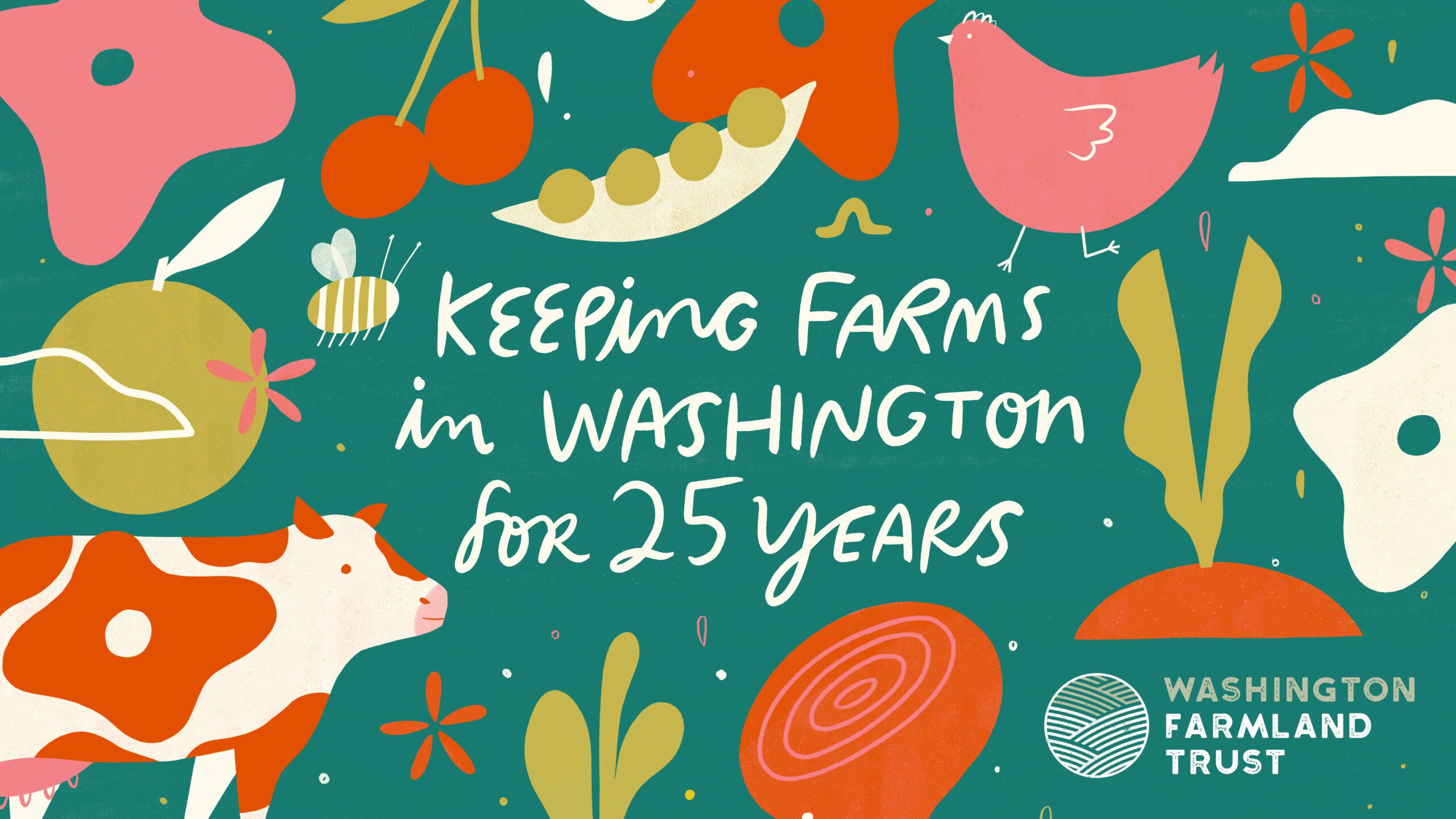
Celebrate with Washington Farmland Trust
Washington Farmland Trust is marking its milestone year with several partnerships and events. Look at all PCC stores for a commemorative tote bag benefiting the trust, with original artwork by Erin Wallace. Additional partnerships at PCC include special fundraising collaborations with Aslan Brewing, Tony’s Coffee and Powers Wine. Sign up for the Trust’s newsletter, The Crop, to keep up with new opportunities.
A spring farm tour will be held on May 17.
On Aug. 23, there will be a rooftop celebration of the Trust at the Ballard PCC store.
The Trust’s signature fundraising event, Love the Land, will be held Sept. 27th at Funny Farm on Mercer Island. Watch here for details.
